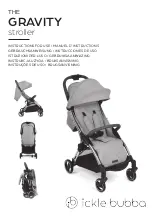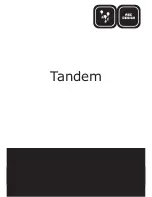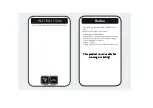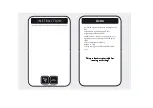
2 - 6 2 - 6
MELSEC-Q
2 THE BASICS OF AD51H-BASIC
2.5 Characters Used in BASIC
The following characters are used in BASIC.
• Uppercase alphabet
ABCDEFGHIJKLMNOPQRSTUVWXYZ
• Lowercase alphabet
abcdefghijklmnopqrstuvwxyz
• Numbers
0123456789
• Special characters
(Space) ! ” # $ % & ‘ ( ) * + - , . / : ; < > = ? @ [ ] ¥ ^ { } | –
• Kana characters
@@@@@
• Kana lowercase
characters
@@@@@
• Kana symbols
@@@@
• Kanji
JIS non-Kanji
JIS level 1 standard Kanji
JIS level 2 standard Kanji
• • • • •
• • • • •
• • • • •
(192 characters)
(4387 characters)
(3384 characters)
See Appendix 4.1, Character Code Table for the codes for alphabets, numbers,
katakana, and special symbols. See the manual for the console used for Kanji codes.
Kanji codes are 2 bytes while codes for alphabets, numbers, kana, and symbols are 1
byte. Kanji are expressed in JIS kanji code as an internal BASIC code.
In this manual, characters that are represented by 1 byte of code are referred to as half-byte characters
and characters that are represented by 2 bytes of code are referred to as full-byte characters.
The program instructions are entered using uppercase or lowercase alphabet
characters and symbols that are specified in the syntax. Other characters cannot be
used as character data.
The instructions are treated in the exact same manner whether entered in uppercase
or lowercase alphabet characters, and all instructions entered in lowercase will be
converted to uppercase and stored in a memory.
However, the character data (notation characters or file names enclosed in “ ”) will be
stored exactly the way it is coded.
If the console used is not kanji compatible,
kanji cannot be used within BASIC.
IBM/AT Compatible
Personal Computer, etc.
















































